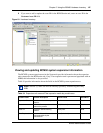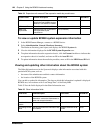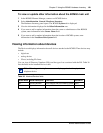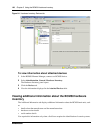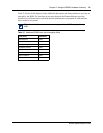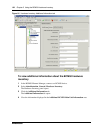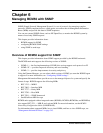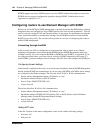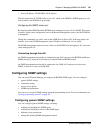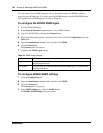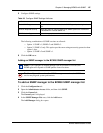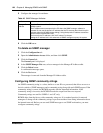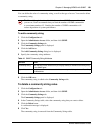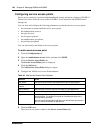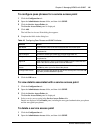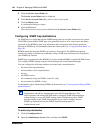
Chapter 6 Managing BCM50 with SNMP 135
BCM50 Administration Guide
• Server IP address: The BCM50 LAN IP address.
This rule means that all TCP/IP traffic to port 161, which is the BCM50’s SNMP agent port, will
be forwarded to the BCM50 for processing.
Configuring the SNMP router port
By default, both the BCM50 and the BCM50 router attempt to use port 161 for SNMP. This causes
a conflict. In the router configuration, access the Remote Management section, and the SNMP tab
to change this.
Change the communities to public, and set the SNMP Service Port to163. If the trap needs to be
enabled, set it to the SNMP management station IP address. Otherwise, set it to public.
The SNMP management station can now connect to the BCM50 LAN through port 161 and to the
router through port 163.
Connecting through the LAN
An SNMP management station that is configured on the LAN can access the BCM50 and Router
SNMP directly by using the LAN addresses of the BCM50 and BCM50 router.
An SNMP management station that is connected to the OAM LAN cannot access the router
SNMP, as there is no relay on the BCM50.
Configuring SNMP settings
You can use the Element Manager to configure the BCM50 SNMP agent. You can configure:
• general SNMP settings
• community strings
• service access points
• SNMP trap destinations
You can save a record of SNMP settings using the programming record. For more information, see
“Saving programming records” on page 58.
Configuring general SNMP settings
You can configure general SNMP settings, including:
• enabling and disabling the SNMP agent
• enabling and disabling versions of the SNMP agent
• defining access permissions
• adding and deleting SNMP management stations



